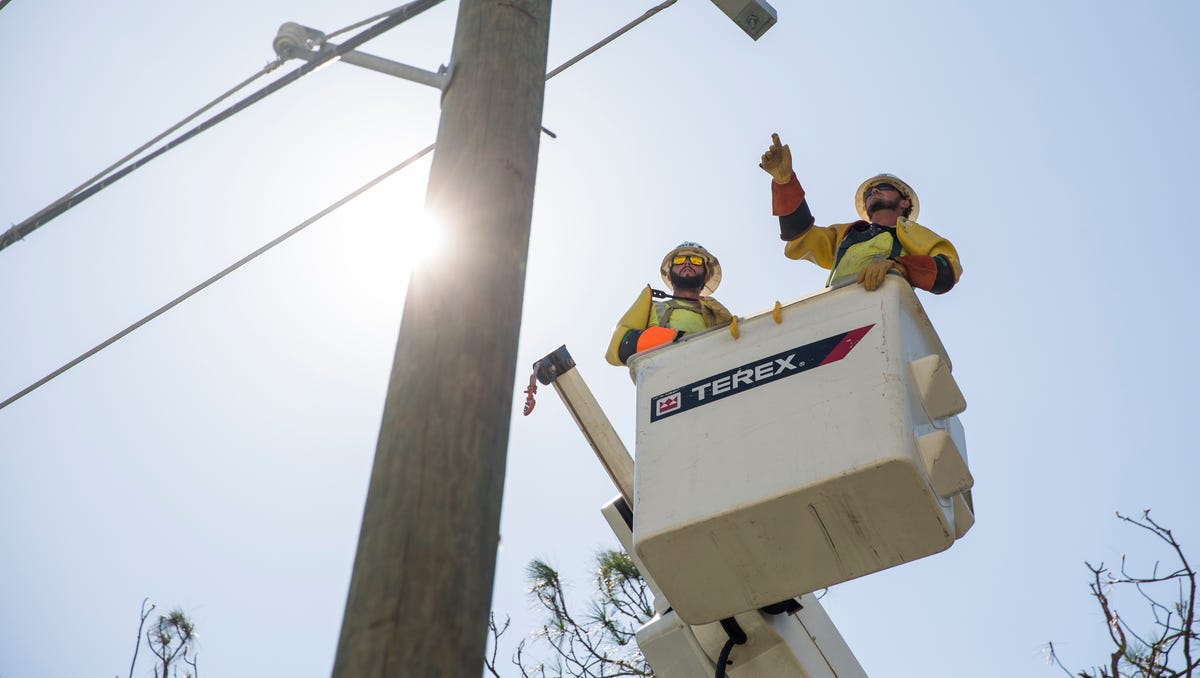Sports
Uncertainty lingers regarding new Comeback Player of the Year criteria

In June, the Associated Press clarified the guidelines for the official Comeback Player of the Year award. As of last week, betting trends showed that folks weren’t necessarily heeding the change. Which prompted a tweet last week from Rob Maaddi of the AP aimed at clarifying the clarification.
Uncertainty still lingers regarding the basic question of whether players who don’t meet the revised criteria can receive votes and, in theory, win the award. Two years ago, my effort to put Commanders running back Brian Robinson on my three-player ballot was rejected by the AP.
Will players like Vikings quarterback Sam Darnold and Steelers quarterback Justin Fields (and, potentially beginning this weekend, Steelers quarterback Russell Wilson) be declared ineligible and any votes for them rejected?
We posed four specific questions to the AP after the Maaddi tweet reminding everyone that players like Darnold aren’t supposed to be eligible for the clarified prize: (1) Will votes for Sam Darnold be rejected?; (2) more generally, will any votes that don’t mesh with the new guidelines be rejected?; (3) who will decide the players that are and aren’t within the new guidelines?; and (4) when will those decisions be made?
Here’s the response we received from the Associated Press: “We have given voters the criteria and will follow up regularly to make sure the guidelines are clear. We expect voters will follow the criteria, and the award recipient will meet the criteria.”
The criteria, as written, is sufficiently broad to allow a voter to vote for someone who supposedly isn’t eligible. Consider the specific language of it: “The spirit of the AP Comeback Player of the Year Award is to honor a player who has demonstrated resilience in the face of adversity by overcoming illness, physical injury or other circumstances that led him to miss playing time the previous season.”
The key words are “other circumstances.” Darnold overcame being stuck with bad organizations for the early years of his career, which caused him to miss playing time in 2023 because he wasn’t deemed to be good enough to start for any team. Aren’t those “other circumstances” that would allow a vote for Darnold?
And to the extent that some presume Fields automatically falls within the Darnold category, Fields missed playing time in 2023 due to injury. Yes, it was only four games. Still, he could easily fit within the language of the clarification.
The quote from the AP seems circular in its logic. The voters know the criteria and we expect them to follow the criteria thus the winner necessarily will meet the criteria. Basically, the mere fact the he’s the winner means he necessarily met the criteria.
But the criteria is broad enough to encompass anyone who had a better year in 2024 than he had in 2023. If I ultimately decide that Darnold best fits my interpretation of the criteria (which I believe, as written, renders him eligible), I will vote for him. (And if the AP has a problem with that, they can take my vote; after all, they pay me for my effort to complete an annual ballot exactly as much as Jerry Jones pays the hosts at 105.3 The Fan.)
It seems that the issue arose as an effort to ensure that “comeback player” isn’t confused for “most improved.” At some point, however, the issue became twisted up with concerns over bets placed on the award.
Since last week, players like Darnold have been removed from consideration by sports books like FanDuel. Without a clear statement from the AP that Darnold isn’t eligible, however, that seems premature. Unless the AP plans to reject votes for certain players (like it did for Brian Robinson in 2022), Darnold could still win. Again, as one of the 50 voters, I might still vote for him.
Frankly, the whole thing is a mess. Even if it sprang from good intentions (and I believe it did), the Comeback Player of the Year award has a chance to become a full-blown clusterfudge in 2024.
Which could qualify it for the Comeback Award of the Year award in 2025.








